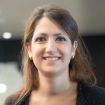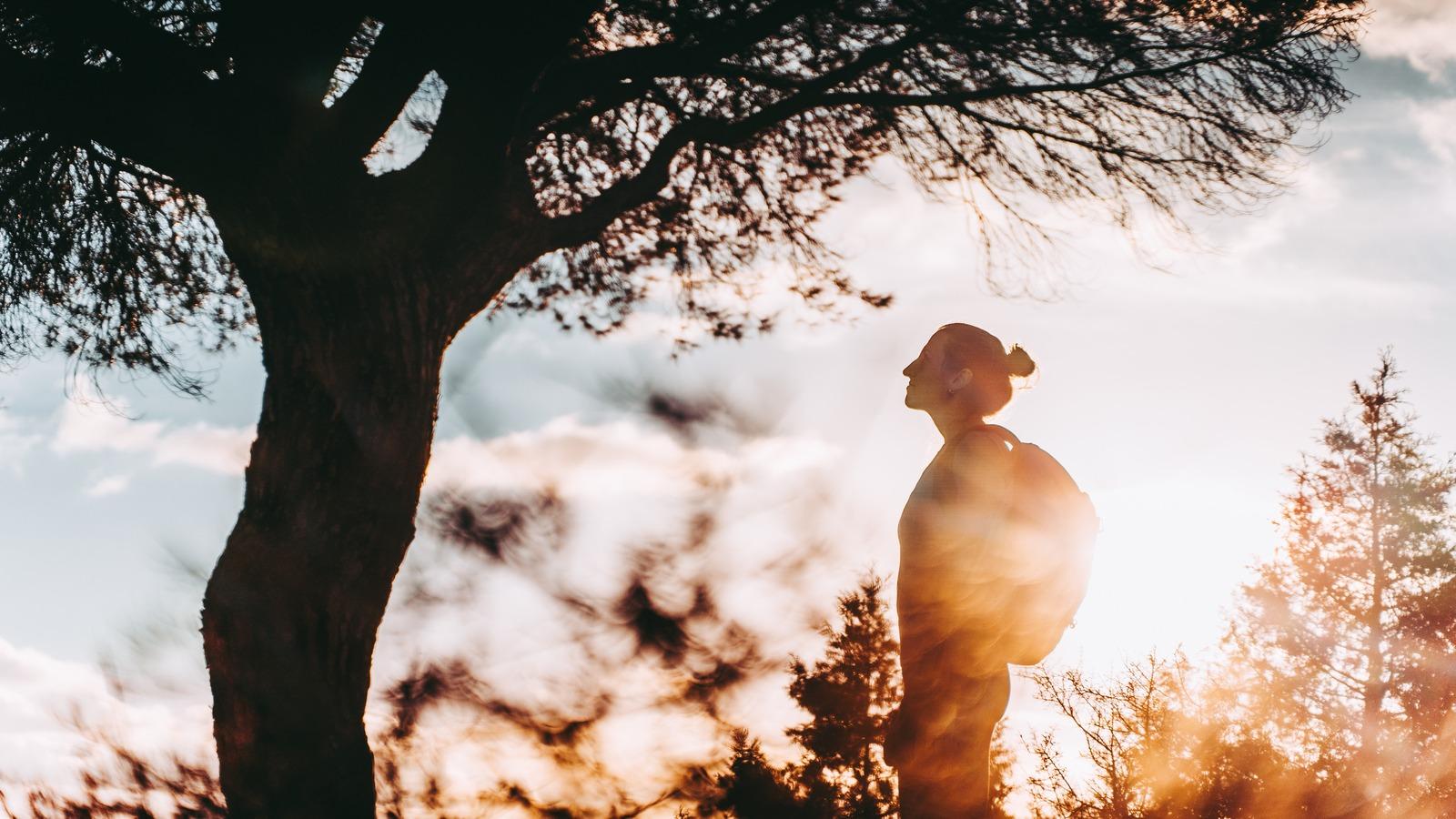Possibilities and threats of AI to photojournalism
The mission of World Press Photo is to connect the world to stories that matter, and the organisation believes that visual storytelling creates understanding. Mehr explains, ‘The core values in everything we do are accuracy, diversity and transparency. So, it is crucial that the winners of the contest that we present to the world can be trusted.’
‘With Generative AI, which includes image generation, now available to the general public, the idea of what can be trusted has been challenged. AI can generate such photo-realistic images that they can be confused with photographs, making it a real threat to photojournalism.’
‘Photojournalism serves as a credible witness to what happens in the world and our society. The integrity and responsibility of the photojournalist plays a big role in giving an adequate context to the viewer and helping to create a better understanding. So, it’s imperative for photojournalism that we can differentiate between fact and fiction.’
An honest and precise representation
That is why Mehr, as representative of World Press Photo, has joined Writing with Light, a working group of (photo) journalistic organisations that is setting up ethical standards for the use of AI. Mehr states, ‘The core statement that the working group recently published is that journalistic photographs must be fair and accurate representations of what the photographer has witnessed. And if AI generated imagery is used, it must be clearly stated in the credit or caption near or on the image.’
This is also an important issue with GenAI in general. ‘It is about copyright or intellectual property or even the right to creativity’, says Mona de Boer, ‘There is a huge discussion, because just about all input used by GenAI systems use for input in their creation is originally created by a human.’
De Boer also acknowledges the threat. ‘AI systems are under increasing scrutiny worldwide and you see that the biggest fear in society is misinformation. Photography is artistry, where the artist gives their perspective, their interpretation. The danger with AI is that it goes beyond what is a truthful reflection of what occurs.’ Mehr adds: ‘A lot of people consume their news via social media and misinformation can happen very quickly, with people believing what they want to see.’
Credible witness versus misinformation
‘When it comes to AI Ethics, we work through moresprudence,’ De Boer explains. A beautiful word that means “learning from considerations and choices in ethical dilemmas to do what is right in new (similar) situations”. One of the big discussions around AI currently is ethics, but the difficulty is that ethics is not a mathematical formula, it often depends on your individual perspective. An example is a recent AI-generated image of Trump being arrested. ‘Some people see it as playful, while others are seriously concerned about it’, De Boer says.
Rules and opportunity around AI
Mehr asks De Boer for advice on how to deal with AI in the domain of photojournalism. ‘It’s very hard to forbid the use of AI and it would likely only lead to a cat and mouse game’, De Boer says. ‘Instead, it’s better to make separate categories like the open category in the World Press Photo contest. Ensure transparency around what is AI-generated content and when it is human-generated content. And add the sources, so that people know where images come from and whether those sources are reputable.’
The other piece of advice is to experiment with GenAI tools and to see how they can be used in a responsible and beneficial way. De Boer: ‘When using a GenAI tool, we all prompt in our own way, bringing a piece of ourselves into the content that is created. In that way, it could be something that adds a human aspect to the art of AI imagery.’
When asked if she sees opportunities for AI, Mehr nods. ‘There are a couple of things that give me hope for the future. For the contest there is a stage where we check images for authenticity and manipulation. As one expert said, “AI will soon be best at detecting AI imagery”. And there are other opportunities, like helping photo editors to avoid stereotyping or generating prompts that ensure diversity in imagery and posted content.’
PwC has been partner of World Press Photo since 2019. Together with World Press Photo we annually perform a number of projects in the area of diversity, verification (authenticity of photos) and cybersecurity.
Read more about the power of AI
Contact us

















